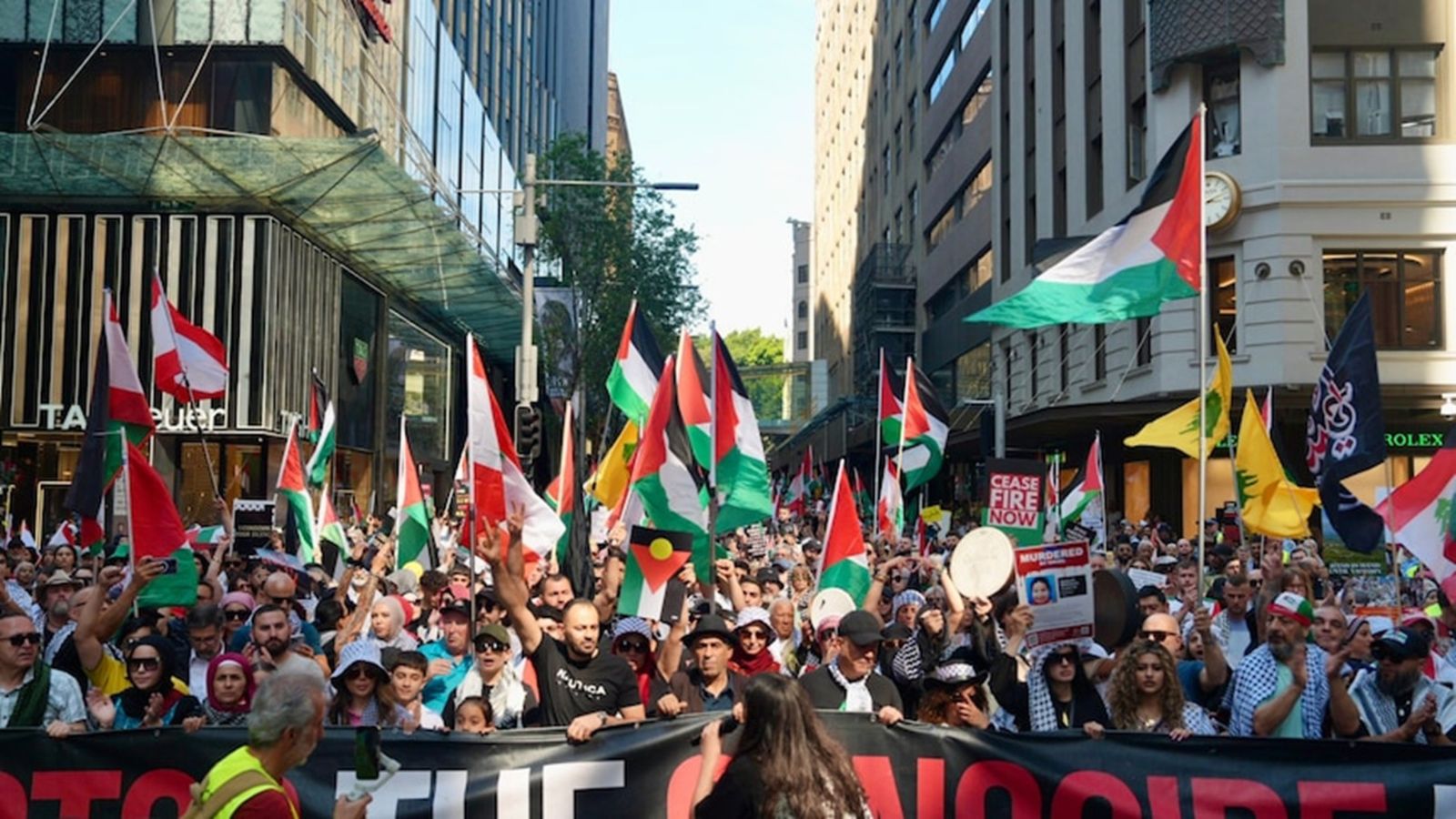Operational Context
A situational brief provides a concise, operationally relevant snapshot of evolving civic events that may impact business continuity, mobility, and security operations. In Italy, recurring pro-Palestine demonstrations have become a common civic response to geopolitical flashpoints. While these protests are generally peaceful, their geographic spread and sustained frequency can disrupt transport networks, public services, and urban logistics. The brief helps organizations anticipate operational disruptions, prepare adaptive responses, and safeguard personnel and assets amid fluid civic movements.
Executive Summary
- Date of Event: 08 October 2025
- Locations Affected: Rome, Naples, Bologna, Bergamo, Salerno
- Risk Category: Civil Disturbance
- Severity Level: 3/5
- Confidence Score: 85%
Multiple Italian cities witnessed coordinated pro-Palestine marches on Wednesday, 08 October, driven by civic groups, student unions, and left-leaning collectives. The events form part of a continuing wave of solidarity protests linked to the Gaza conflict. Violence was minimal, though sporadic scuffles and localized vandalism were reported. The overall severity remains moderate, with operational impacts concentrated in dense urban cores. Protests are expected to recur periodically through October.
Current Updates
On Wednesday, October 8th, pro-Palestine protests were reported across Italy, encompassing major cities such as Rome, Naples, Bergamo, Bologna, and Salerno. These demonstrations, often taking the form of organized marches (‘cortei’), are part of ongoing solidarity movements concerning the Israel-Palestine conflict. The incident highlights the continued mobilization of activists and the potential for public disruption in urban centers across the country.
Known Hotspots and Sensitive Zones
Key gathering points include Rome’s Via del Corso, Piazza Venezia, Piazza San Giovanni, and Piazza della Repubblica, where protest routes traditionally converge. In Naples, Piazza del Plebiscito and Via Toledo saw high participation and temporary closures. Bologna’s Piazza Maggiore, Salerno’s Lungomare Trieste, and Bergamo’s Porta Nuova remain high-visibility sites. Sensitive assets include Palazzo Chigi, Monte Citorio, and diplomatic missions- particularly those of Israel and the United States
Impact on Transportation and Services
Transport networks experienced temporary diversions and short-term congestion. Public buses and trams in Rome and Naples were rerouted, while parking restrictions were imposed along protest routes. Although air and rail operations remained unaffected, commuters faced ground-level delays. Retail outlets and cafes near protest centers reduced operating hours, while delivery and courier services faced intermittent disruption.
Recommendations
- Operational Readiness: Implement remote work or staggered shifts for employees in central business districts.
- Logistics: Reschedule deliveries and service appointments; deploy alternate routing for freight and fleet operations.
- Security Posture: Heighten perimeter monitoring, particularly near government or diplomatic buildings.
- Communication: Share verified advisories through internal alert systems and ensure staff accountability via check-ins.
- Continuity Measures: Activate contingency plans aligned with local curfews, and update contact trees for emergency escalation.
Multi-dimensional Impact
The protests coincide with a planned public transport strike in Rome on 10 October, amplifying mobility stress. Road restoration works in Bologna and adverse weather alerts in southern Italy could further impede emergency and logistic operations. With hospitals already operating under strain per the Gimbe Foundation’s health bulletin, authorities may face secondary pressure from protest-related minor injuries or heat exhaustion. The overlapping stressors emphasize the need for integrated urban risk management across civil, infrastructure, and health domains.
Situation Outlook
It is highly likely that pro-Palestine protests will continue intermittently across major Italian cities, remaining largely peaceful with only brief and localized disruptions to traffic and business activity. However, there is a possibility that demonstrations could intensify over the next two weeks, drawing larger crowds and causing occasional clashes, extended road closures, and minor property damage. In a worst-case scenario, protests could escalate into widespread unrest with violent confrontations, vandalism, and significant operational shutdowns. Overall, the situation remains manageable but warrants close monitoring and readiness for localized escalation.
Emergency and Monitoring Channels
- Police: 113
- Carabinieri (National Gendarmerie): 112
- Fire Department: 115
- Ambulance: 118
- Official Updates:
Strategic Takeaway
Demonstrations are expected to remain intermittent, localized, and largely contained, recurring periodically through October. Key risks include potential overlap with transport strikes, route spillovers, and growing public fatigue from prolonged civic activity. Businesses should prioritize personnel safety, maintain flexible scheduling, and leverage real-time risk intelligence tools such as MitKat’s Datasurfr Predict for live alerts, mobility mapping, and early-warning insights to ensure operational continuity and sustained preparedness across Italian operations. Stay ahead of operational risks with real-time alerts, scenario modeling, and expert advisories with Datasurfr Predict. Start your 14-day free trial of Datasurfr’s Risk Intelligence Platform today.


